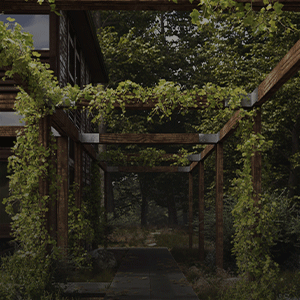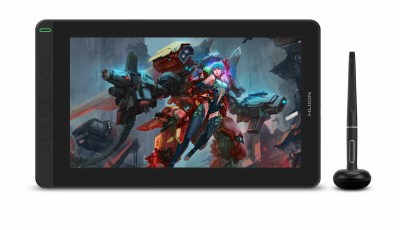Da Vinci Resolve 16.1 announced
BlackMagic Design has announced the latest version of DaVinci Resolve. Version 16.1, which is out now as a public beta, features several updates to the Cut Page including the ability to place media in various folders and isolate clips from being used when viewing clips in the source tape, sync bin or sync window. Clips will be seen in all folders below the current level and as users navigate around the levels in the bin, the source tape will reconfigure in real-time.
Also in this release is a new Smart Indicator. This is used alongside the existing smart features added in version 16, that estimate where the editor wants to add a cut or transition and then allowing it to be applied without the wasted time of placing in and out points on the exact locations of the clips. The new mart indicator adds a small marker in the timeline so users can get constant feedback on where edits and transitions will be placed. Other tools for speeding up editing include a cut clip icon in the user interface that will slice the clips in the timeline at the CTI point.
The award for most fun name for a new feature has to go to the new “boring detector” which highlights where any shot is too long and thus might lose an audience’s interest. Alternatively, it can also show jump cuts where shots are too short. The analysis can constantly show which parts of the timeline are boring so as editors work and add shots to their edit. We’re not sure what Stanley Kubrick would make of such a tool, but it is aimed at editors who have to work to incredibly tight deadlines.
DaVinci Resolve 16.1 gains a new sync bin, a digital assistant editor which constantly sorts through thousands of clips and finds only the clips users need and displays them synced to the point in the timeline customers are on.
The sync bin will show the clips from the cameras on a shoot all stacked by camera number and the viewer will transform into a multi-view so users can see what options customers have for clips that sync to the shot in the timeline. The sync bin uses date and timecode to find and sync clips, and simply by using metadata and locking cameras to time of day, customers can save time in the edit.
The new sync bin changes how multi-camera editing can be completed. Just scroll along the timeline and the sync bin will display only shots that are related to the timeline clips. Users can scroll off the end of the timeline and keep adding shots. When using the DaVinci Resolve Editor Keyboard, users can simply hold the camera number and rotate the search dial to “live overwrite” the clip into the timeline, making editing even faster.
If customers are using shots from cameras without timecode then the new sync window lets them sort and sync clips from multiple cameras. The sync window supports sync by timecode and it can also detect audio and sync clips by sound. All clips that have been synced will display a sync icon in the media pool so customers can tell which clips are synced and ready for use. Manually syncing clips using the new sync window allows workflows such as multiple action cameras to use new features such as source overwrite editing and the new sync bin.
Finally, the close-up edit feature has now been enhanced in DaVinci Resolve 16.1 and it now does face detection and analysis and will zoom the shot based on positioning the face of the person nicely framed.
Both tools are available immediately in beta. As always a free version is available or the full version cost $299.
Visit the Blackmagic support page to download and out more.









What about fusion?